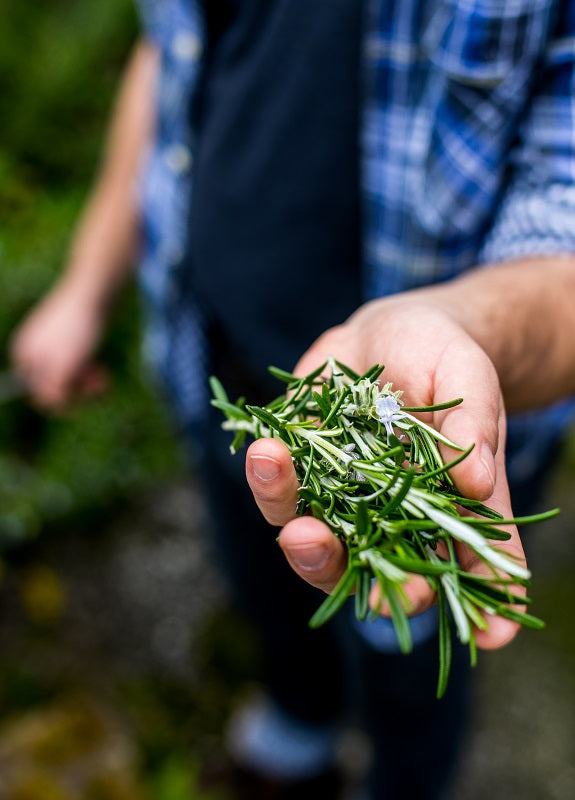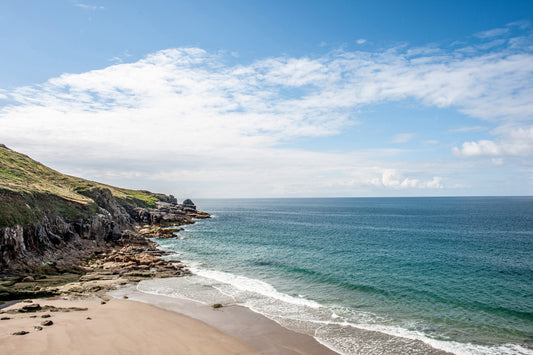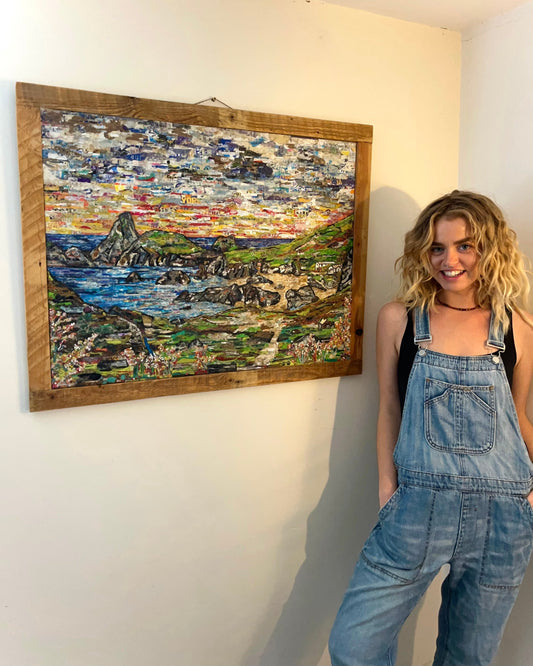- Start with species that are easy to identify like elderflowers, nettles & blackberries and once you have created some great things to eat you can build up the confidence to move onto slightly more unusual things.
- Only pick things you have a 100% positive identification for. There are plants and fungi out there that can kill you so it’s important that you don’t take any chances.
- Buy yourself a wild flower identification guide and keep it in your bag or car so that wherever you go you can start to identify plants. The hardest part of foraging is plant identification and it takes lots of practice and repetition to get it right.
- Start foraging in your own back yard! You don’t have to travel miles to forage; you will find edible plants on your street, in your garden and in your local park.
- Follow a responsible foraging code. Only take very common plants such as nettles, alexanders and sorrel so that you won’t be responsible for depleting plant stocks. Don’t take the whole plant, but leave more than half of it to grow back.
- Do not trespass to forage for wild food. Either get the landowner’s permission or stick to public footpaths.
- It’s important to be careful and think about the potential problems with places you forage from. Find out if fields have been sprayed before picking from them and avoid picking along busy roads or immediately next to the path on dog-walking routes. If you pick from water courses find out how clean the water is, be aware of leptospirosis in slow flowing water bodies and cook your watercress as there may be a problem with liver fluke (which is killed by cooking).
- Take only what you want to eat. Never strip the woodland or fields bare as it’s important to leave some for wildlife and for other people’s enjoyment.
- Organise your foraging trips with friends and family as it’s such a good activity for all round physical and mental health. To forage together and to prepare a meal from your finds; will leave you with a profound sense of community, achievement and well being.
A spot of seaside foraging



